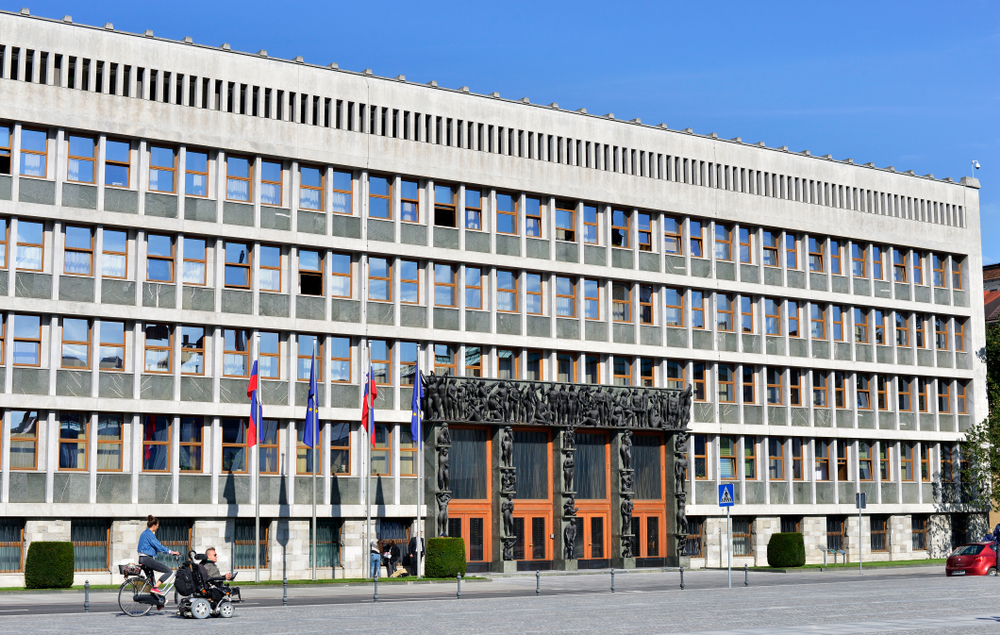Slovenia is a central European country bordering the Adriatic Sea, Austria, Croatia, Hungary and Italy and is a member of the European Union. Its population in 2023 was and life expectancy was 81 years in 2022. The following extract from Slovenia: Country Health Profile 2023, published by the European Observatory on Health Systems and Policies and the Organisation for Economic Co-operation and Development, summarizes Slovenia’s health system:
The social health insurance system provides near universal coverage via a single payer
Slovenia’s health system is relatively centralised, and statutory employment-based social health insurance (SHI) covers more than 99% of permanent residents. Those not covered include people who are temporarily uninsured due to unclear or changing insurance status and vulnerable populations facing longer-term challenges because they cannot fulfil the formal residency requirements. The Health Insurance Institute of Slovenia is the single purchaser of services, and a reform of its legal status and management is under consideration. …Triggered by a large increase in premiums by one complementary health insurance (CoHI) insurer, CoHI was abolished in July 2023 and will be replaced from January 2024 by a fixed compulsory contribution.
Health expenditure remains comparatively low despite record growth in 2021
Health expenditure grew to 9.5% of GDP in 2021, which is lower than the EU average (11.0%). Per capita health expenditure also increased, driven by injections from Slovenia’s pandemic response, reaching EUR 2 665 in 2021. Slovenia’s health spending is about two thirds of the EU average (EUR 4 028 per capita in 2021).
Out-of-pocket payments are among the lowest in the EU
Public sources accounted for 73.7% of current health expenditure in 2021, which is below the EU average (81.1%). Private sources represented the remaining 26.3% of current health expenditure, of which voluntary health insurance schemes – driven by CoHI – comprised more than half (13.4%). This was the highest proportion [of CoHI] in the EU. At 12.9% of current health expenditure, OOP payments were lower than the EU average (14.5%), partly due to CoHI usage, which averts direct OOP spending. OOP payments apply primarily to direct payments for services outside the statutory benefits package.a
Care has shifted from inpatient to outpatient settings, while long-term care remains underfunded
Per capita spending on all health functions was lower than the EU averages in 2021. As a share of current health expenditure, however, Slovenia spent more on outpatient care (33%) than the EU average (29%), while inpatient care spending (27%) was slightly below the EU average (28%). … In other sectors, spending on prevention was 5.3% in 2021, which is on a par with the EU average (6.0%), and outpatient pharmaceutical spending (21%) was above the EU average (18%)… [T]he healthcare component of long-term care spending increased, reaching 10.9% of current health expenditure in 2021, but it trails the EU average (16.1%). The [new] Long-Term Care Act will be implemented in phases from January 2024 until full implementation by December 2025.

